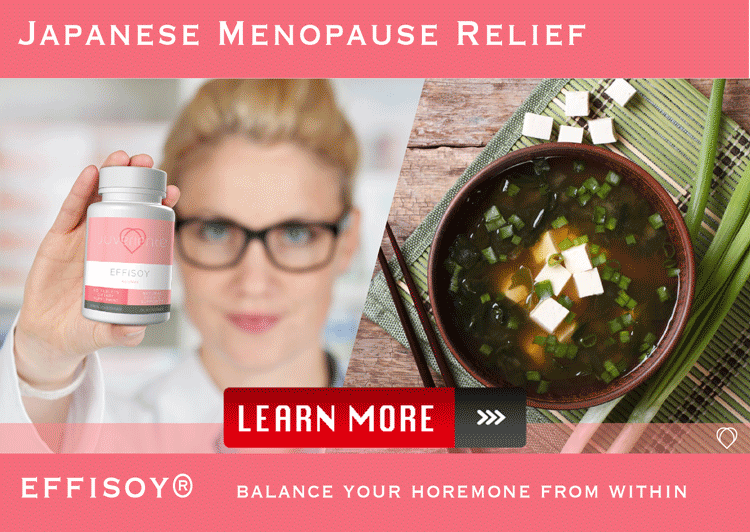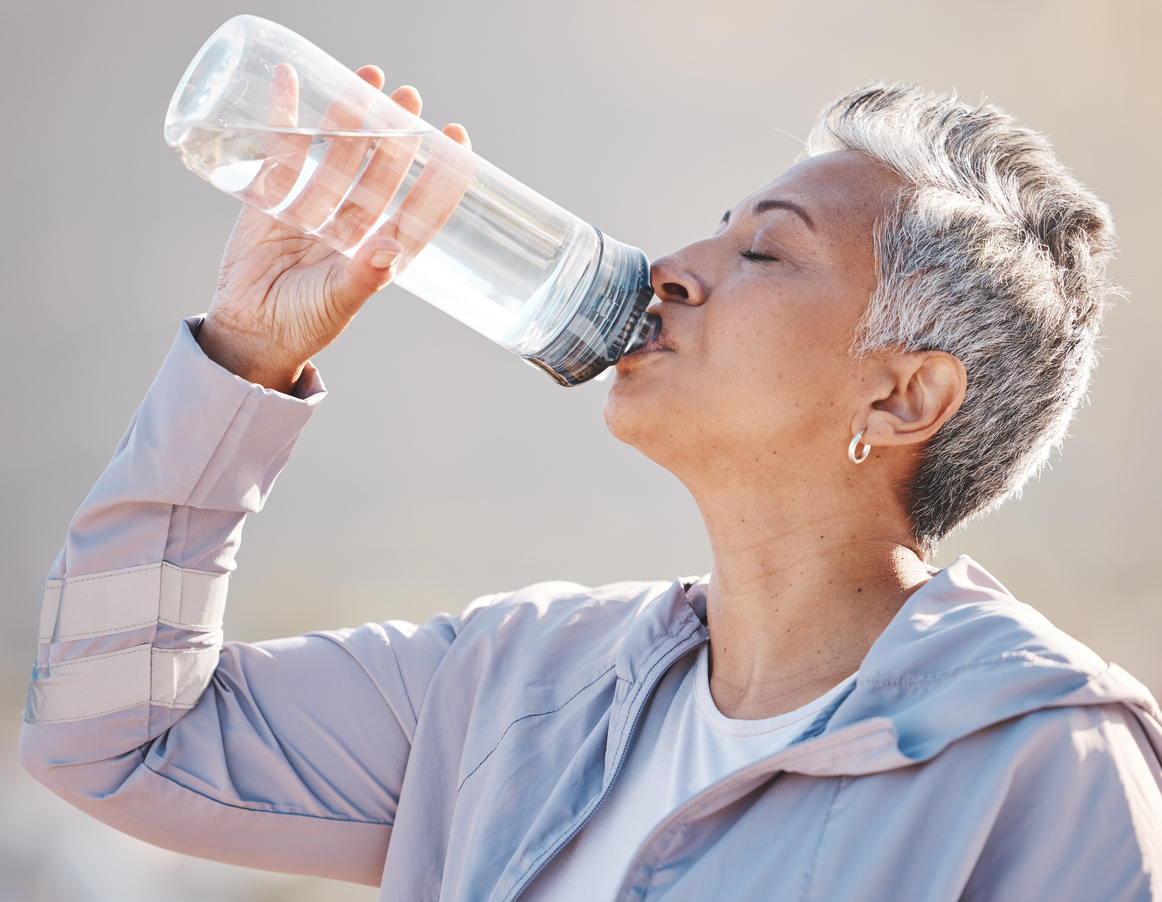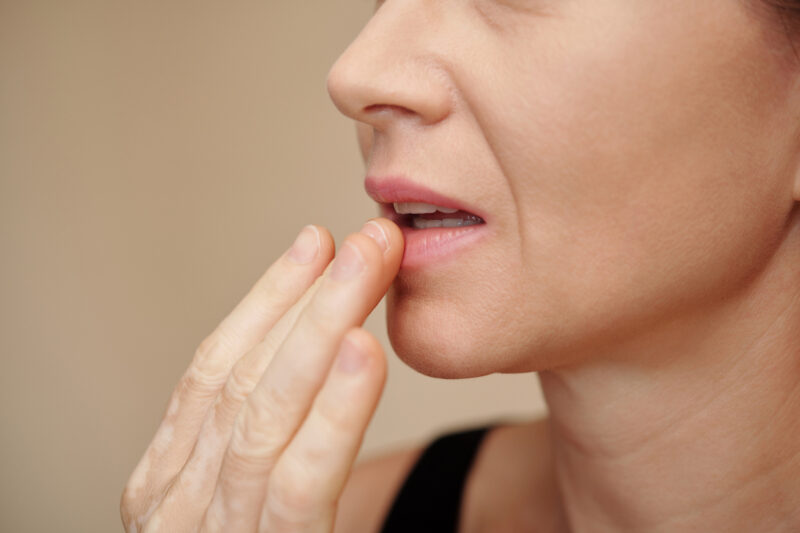Page Contents
ToggleIntroduction to Global Longevity: Countries with Longer Life Expectancy
Understanding the factors that contribute to longer life expectancy in various countries can provide valuable insights into how we can all lead healthier, longer lives. Certain nations consistently rank high in global longevity statistics, and a closer look at their lifestyles and diets reveals some common themes.

Key Factors in Longevity
Countries with longer life expectancy often share several key factors. Access to high-quality healthcare, a strong emphasis on preventive care, and a clean environment are crucial. Moreover, these countries typically have high standards of living, including good housing, sanitation, and education. Social stability and safety also play significant roles, as low stress levels are associated with longer lifespans. Additionally, these nations promote active lifestyles, with regular physical activity being a common part of daily life.
The Impact of Diet
Diet is a major factor influencing life expectancy. Nations with longer life expectancies often have diets rich in fruits, vegetables, whole grains, and lean proteins. These diets are low in processed foods, sugars, and unhealthy fats. Mediterranean countries like Italy and Greece, for example, follow the Mediterranean diet, which is renowned for its heart-healthy benefits. Similarly, the traditional Japanese diet is rich in fish, vegetables, and fermented foods, contributing to Japan’s high life expectancy. These diets provide essential nutrients, antioxidants, and anti-inflammatory compounds that promote health and prevent chronic diseases.
Examples of High Longevity Countries
Several countries are known for their high life expectancies. Japan consistently ranks at the top, thanks to its healthy diet and active lifestyle. Switzerland and Singapore also have high life expectancies, attributed to their excellent healthcare systems and high standards of living. These countries prioritize health and wellness, making them prime examples of how lifestyle choices can impact longevity.
Conclusion
By examining the key factors and dietary habits of countries with longer life expectancy, we can learn how to improve our own health and longevity. Emulating the healthy practices of these nations, particularly their dietary choices, can lead to a longer, healthier life.
The Role of Diet in Longevity
Diet plays a crucial role in determining life expectancy. Countries with longer life expectancy often have dietary patterns that contribute significantly to their populations’ health and longevity. By examining these dietary habits, we can understand how nutrition impacts lifespan.
Nutrient-Rich Diets
Countries with longer life expectancy typically consume diets rich in essential nutrients. These diets include a variety of fruits, vegetables, whole grains, and lean proteins. For instance, the Mediterranean diet, prevalent in countries like Italy and Greece, emphasizes olive oil, nuts, seeds, and fresh produce. These foods are high in vitamins, minerals, antioxidants, and healthy fats, all of which are essential for maintaining good health and preventing chronic diseases. Similarly, the Japanese diet is rich in fish, seaweed, soy products, and green tea, providing a wealth of nutrients that support longevity.
Low in Processed Foods
A common characteristic of diets in countries with longer life expectancy is the low consumption of processed foods. Diets high in processed foods, sugars, and unhealthy fats are linked to numerous health issues, including obesity, heart disease, and diabetes. In contrast, diets in longevity-leading countries focus on whole, minimally processed foods. For example, traditional Japanese cuisine includes fresh fish, vegetables, and rice, with minimal use of processed ingredients. This approach reduces the intake of harmful additives and preservatives, promoting better overall health.
Importance of Balanced Nutrition
Balanced nutrition is key to longevity. Countries with longer life expectancy ensure their diets are balanced, providing all necessary nutrients in appropriate proportions. This balance helps maintain healthy body weight, supports metabolic functions, and reduces the risk of chronic illnesses. The emphasis on plant-based foods, lean proteins, and healthy fats, combined with moderate portion sizes, is a common trait among these diets. Balanced nutrition not only supports physical health but also boosts mental well-being, contributing to a higher quality of life.
Conclusion
The role of diet in longevity is evident in the eating habits of countries with longer life expectancy. By adopting nutrient-rich, minimally processed, and balanced diets, individuals can improve their health and increase their chances of living longer. Emulating these dietary patterns can lead to significant health benefits, highlighting the importance of nutrition in promoting longevity.
Top Countries with the Highest Life Expectancies
Examining the top countries with the highest life expectancies provides valuable insights into the factors that contribute to longer, healthier lives. These countries share common lifestyle habits and environmental factors that promote longevity. Here, we highlight a few nations known for their exceptional life expectancies.
Japan: A Leader in Longevity
Japan consistently ranks among the top countries with longer life expectancy. Japanese people benefit from a diet rich in fish, vegetables, rice, and fermented foods like miso. The Japanese diet is low in processed foods and unhealthy fats, contributing to lower rates of heart disease and obesity. Additionally, the Japanese lifestyle includes regular physical activity, strong social connections, and a focus on mental well-being. These factors, combined with excellent healthcare, contribute to Japan’s high life expectancy.
Switzerland: A Model of Health and Wellness
Switzerland is another country with a high life expectancy, attributed to its high standard of living and exceptional healthcare system. The Swiss diet includes a balance of fresh fruits, vegetables, whole grains, and dairy products. Physical activity is also a significant part of Swiss culture, with many people engaging in outdoor activities like hiking and skiing. The clean environment, low crime rates, and robust social support systems further enhance the overall well-being of the Swiss population.
Singapore: A Fusion of Tradition and Modernity
Singapore boasts one of the highest life expectancies globally, thanks to its efficient healthcare system and a blend of traditional and modern dietary practices. The Singaporean diet incorporates a variety of vegetables, fruits, lean proteins, and seafood. The government places a strong emphasis on public health initiatives, encouraging healthy eating and regular exercise. Singapore’s urban planning also promotes an active lifestyle, with numerous parks and recreational facilities available to residents.
Conclusion
Countries with longer life expectancy, such as Japan, Switzerland, and Singapore, demonstrate the importance of a balanced diet, regular physical activity, and a supportive social environment. By examining the lifestyle habits of these nations, we can gain valuable insights into promoting health and longevity. Adopting similar practices in our own lives can help improve our overall well-being and increase our chances of living longer, healthier lives.
Japan’s Secret to Longevity: Traditional Diet and Lifestyle
Japan is often cited as one of the countries with longer life expectancy, and this can largely be attributed to its traditional diet and lifestyle. The Japanese approach to food and daily living offers valuable lessons for those seeking to improve their health and longevity.
Nutrient-Dense Traditional Diet
The traditional Japanese diet is rich in nutrient-dense foods that promote health and longevity. Staples such as fish, rice, seaweed, soy products, and a variety of vegetables form the basis of most meals. Fish, in particular, is a significant source of omega-3 fatty acids, which are known for their heart health benefits. Soy products like tofu and miso provide high-quality protein and essential nutrients. Seaweed offers a unique source of vitamins, minerals, and antioxidants, which contribute to overall health. This diet is low in saturated fats and high in fiber, helping to prevent chronic diseases such as heart disease and diabetes.
The Role of Fermented Foods
Fermented foods play a crucial role in the Japanese diet and are a key factor in promoting longevity. Miso, made from fermented soybeans, is a staple in Japanese cuisine. It is rich in probiotics, which support gut health and boost the immune system. Other fermented foods like natto and pickled vegetables also contribute to a healthy gut microbiome. A healthy digestive system is essential for nutrient absorption and overall well-being, making these foods a vital part of the Japanese diet.
Active Lifestyle and Social Connections
In addition to their diet, the Japanese lifestyle contributes significantly to their longevity. Physical activity is ingrained in daily life, with many people walking or cycling as part of their routine. Practices such as tai chi and yoga are also popular and promote both physical and mental health. Social connections are another important aspect of Japanese life. Strong family ties and community involvement provide emotional support and reduce stress, which is crucial for maintaining mental health and longevity.
Conclusion
Japan’s secret to longevity lies in its traditional diet and lifestyle. The nutrient-dense foods, rich in omega-3s and probiotics, combined with an active lifestyle and strong social connections, contribute to the country’s high life expectancy. By adopting similar dietary habits and lifestyle practices, individuals can enhance their health and increase their chances of living longer, healthier lives. Japan’s example offers valuable insights into the importance of nutrition and lifestyle in promoting longevity.
The Benefits of Japanese Cuisine: A Closer Look at Miso Soup
Japanese cuisine is renowned for its health benefits, contributing to the country’s status as one of the countries with longer life expectancy. A staple of this cuisine is miso soup, which offers a variety of health benefits that support longevity. Here, we take a closer look at the components and advantages of miso soup.
Nutrient-Rich Ingredients
Miso soup is made from a few simple, yet highly nutritious ingredients. The primary component, miso paste, is made from fermented soybeans. This fermentation process enhances the nutritional profile of the soybeans, increasing their probiotic content. Probiotics are beneficial bacteria that support gut health, enhance digestion, and boost the immune system. Other common ingredients in miso soup include tofu, seaweed, and green onions, all of which add to the soup’s nutritional value. Tofu provides high-quality protein, while seaweed is rich in vitamins, minerals, and antioxidants.
Health Benefits of Miso Soup
Regular consumption of miso soup offers numerous health benefits. The probiotics in miso paste help maintain a healthy gut microbiome, which is essential for overall health. A balanced gut microbiome improves digestion, enhances nutrient absorption, and supports the immune system. Miso soup is also rich in vitamins and minerals such as vitamin K, manganese, and zinc, which are vital for maintaining bone health, supporting metabolic functions, and boosting the immune response. The low-calorie content of miso soup makes it an excellent addition to a balanced diet, promoting weight management and overall well-being.
Anti-Inflammatory and Antioxidant Properties
Miso soup contains several components that have anti-inflammatory and antioxidant properties. Seaweed, a common ingredient in miso soup, is particularly high in antioxidants, which help protect the body from oxidative stress and reduce inflammation. Chronic inflammation is linked to various health issues, including heart disease and cancer. By incorporating miso soup into your diet, you can benefit from these protective properties, potentially reducing the risk of chronic diseases and supporting longevity.
Conclusion
Miso soup is a quintessential part of Japanese cuisine, contributing significantly to the health benefits associated with the traditional Japanese diet. Its nutrient-rich ingredients, combined with probiotics, vitamins, and antioxidants, make it a powerful ally in promoting health and longevity. For those seeking to emulate the dietary habits of countries with longer life expectancy, incorporating miso soup into their regular diet is a simple and effective step towards better health. The benefits of this traditional dish highlight the importance of fermented foods and balanced nutrition in supporting a long, healthy life.
Summary
Countries with longer life expectancy, such as Japan, Switzerland, and Singapore, provide valuable insights into how diet and lifestyle contribute to health and longevity. These nations share common practices, including a focus on nutrient-rich, minimally processed foods, regular physical activity, and strong social connections. The traditional Japanese diet, in particular, stands out for its emphasis on fish, vegetables, and fermented foods like miso. This diet is low in saturated fats and high in essential nutrients, promoting heart health, brain function, and a robust immune system.
The role of diet in longevity cannot be overstated. Countries with longer life expectancy often consume diets that are rich in vitamins, minerals, and antioxidants. These diets help prevent chronic diseases, maintain healthy body weight, and support overall well-being. Japan’s high life expectancy is largely attributed to its traditional diet and active lifestyle. The nutrient-dense foods and the incorporation of fermented items like miso provide significant health benefits.
Miso soup, a staple in Japanese cuisine, is particularly beneficial. It is made from fermented soybeans, which are rich in probiotics that support gut health and enhance the immune system. The soup also contains ingredients like tofu and seaweed, which add protein, vitamins, and minerals. Regular consumption of miso soup can reduce inflammation, protect against chronic diseases, and promote longevity.
Incorporating these dietary habits can greatly improve health and extend life expectancy. To make it easier to benefit from these practices, Juveriente offers supplements that capture the essence of traditional Japanese health secrets. Their products feature fermented soybean isoflavones, similar to those found in miso, providing a convenient way to boost your diet and support overall well-being. By embracing these healthy eating habits and supplementing with products like Juveriente’s, you can enhance your health and longevity.
A Natural Supplement from Fermented Soybean Germ
Numerous isoflavone supplements are available, but most are from non-fermented soybeans. Non-fermented isoflavone is bound with a big molecular sugar, and you can’t absorb it as it is. Digestion resolves it to an absorbable size, but it takes time, and most nutrients are not absorbed. Fermentation works the same as digestion, and you can absorb isoflavone from fermented soy as it is.
Juveriente®’s Effisoy, launched in 2016, based on fermented soy bean germ extract has been loved as a natural menopause relief since its launching in 2016.
Its primary function is to boost the weakened synthesis of a hormone precursor, DHEA. It’s safe as it only heals the natural synthesis function. The hormone boost doesn’t provide the only relief from menopausal symptoms. But, it also supports various aging and hormonal imbalance issues and including insomnia.
Here are some of the real product reviews in our Amazon shop.
“Restful sleep finally!!”, “I Am Now Free of Hot Flashes!!”, “Lifesaver”









































